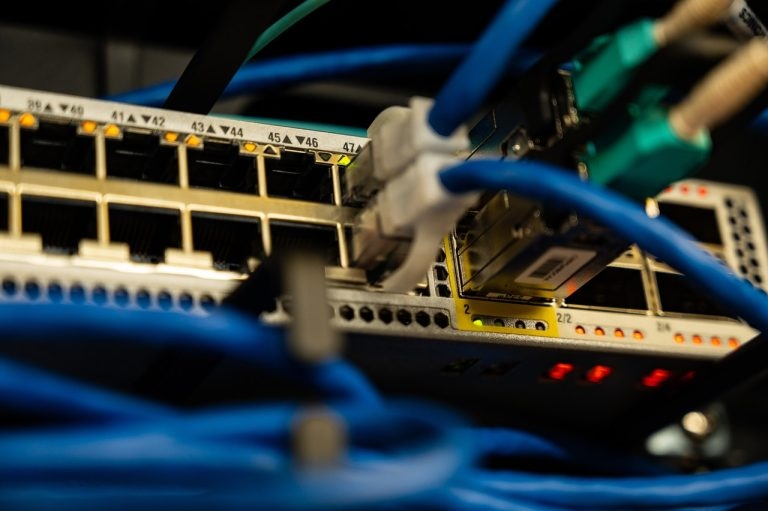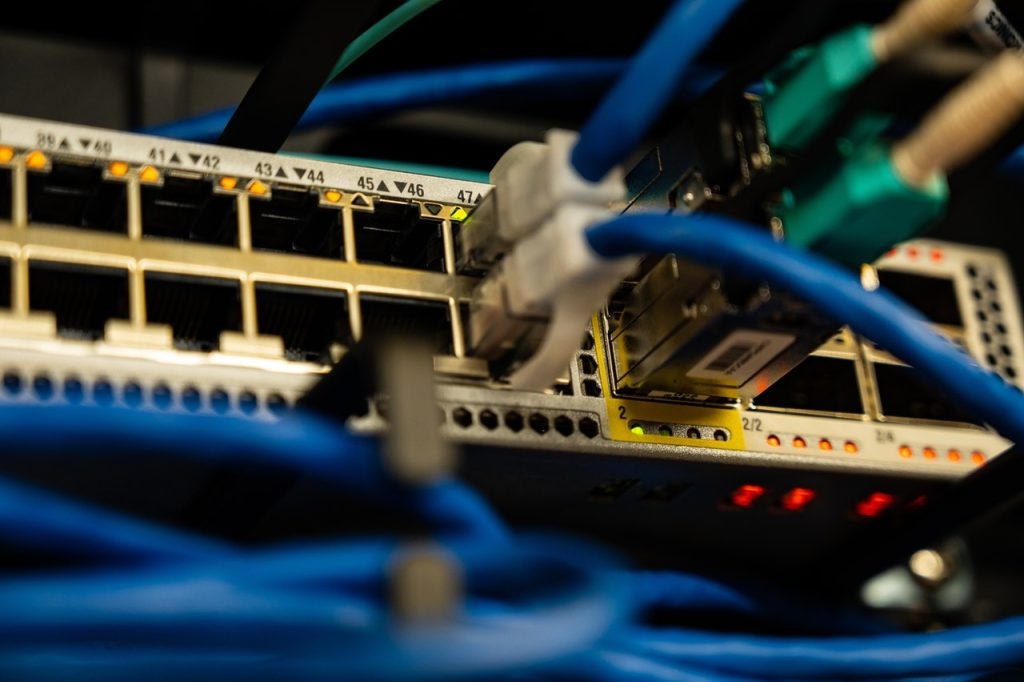
With the number of internet users on the rise and the rising threat to security and privacy, everyone is looking for ways to get a more secure and private browsing experience.
So many active users don’t know the ins and outs of how to secure their browsing, how to browse anonymously, and how they can use the internet to get access to enjoyable and reliable content. This is where proxy servers come in. Proxies provide a high level of privacy to the user.
A proxy server sits between the internet and your PC. In other words, they act as a gateway, a bridge, or a link between the user and the internet. Proxies give an added layer of protection to your computer. When a proxy service is active on your computer while browsing, your IP address and location will be hidden from hackers or cyber criminals.
Aside from hiding your public IP address, proxies provide various functions, such as security and privacy depending on your needs, scanning for viruses, working as web fillers, or acting as a firewall to protect against malware attacks and threats.
Proxies need to be configured on your PC; this gives extra protection and improved performance, especially in a business network.
This article explains why you should and how to configure a proxy on Windows 10.

Why should you configure a proxy on your Windows 10?
Windows 10 is an operating system known for its distinct benefits and features. Windows 10 is the preferred operating system for internet users because of the security features that support biometric, traditional login authentication, and other two-factor authentication. Windows 10 also supports universal applications.
However, configuring a proxy on your Windows 10 PC can improve your browsing experience. Through a proxy server configuration, your Windows 10 computer becomes qualified to access various websites through the internet.
Configuring a proxy on your Windows 10 may be the only way to access internet environments, such as schools and businesses. Proxies also ensure your IP address is not tracked.
How to configure/set up a proxy server on Windows 10
With no additional software required, the settings in Windows 10 allow users to configure a proxy server.
Proxies on Windows 10 can be configured in two (2) ways
- Using the automatic proxy configuration script method
- Using the manual method
Using the Automatic Proxy Configuration Script
To automatically configure a proxy in Windows 10, you will need a script address given to you by the provider’s IT department or network administration.
Here’s the step to automatically configure a proxy in Windows 10.
- Click on the start menu and search for Settings, or use the shortcut keys (Win. + I) to access Settings
- Look for the Network & Internet section and select
- Under the Network & Internet list, click Proxy
- In the automatic proxy setting, switch the ‘Use Setup Script’ on.
- If you have the script address, enter it. Note: the script address is similar to a URL, such as http://my.proxy.server:7900.
- Save, and once done, close the settings page.
To disable it, switch the ‘Use Setup Script’ off.
Using the Manual Proxy Configuration Method
The proxy can be configured manually by entering the IP address and port number.
Here’s the step to manually configure a proxy in Windows 10.
- Go to the start menu and search for Settings, or use the shortcut keys (Windows + I) to access Settings
- Look for the Network & Internet section and select
- Under the Network & Internet list, click Proxy
- In the manual proxy setting, switch the ‘Use Proxy Server’ on.
- In the address section, enter the IP address or proxy server address
- In the port section, enter the port number.
- Save, and once done, close the settings page.
To disable it, switch the ‘Use Proxy Server’ off.
What is the best proxy for Windows 10?
Proxy servers are versatile. Many proxy types are available for you to choose from for Windows 10. However, the best proxy to use is the data center IPs due to their low cost and efficiency.
Datacenter IPs are taking over and are widely used. When they hide a user’s IP address, it won’t be easy to trace it to the user, and the data centers have nothing to do with the user’s ISP.
The benefits of configuring data center IPs for Windows 10 are numerous. These benefits include
- Speed,
- Anonymity,
- Stability,
- High bandwidth,
- Cost,
- Access to geo-location-based websites and more.
If you value affordability, accessibility, and performance, data center proxies are the best for Windows 10.
Takeaway
The key to configuring a proxy on Windows 10 is to use a proxy from a reliable data center IPs provider. Getting a company that will give you the proxies needed to perform the task will complete your connection and ensure a secure browsing experience.
Directly in Your Inbox



![[Solved] DNS Probe Finished No Internet Error Internet](https://media.tech-latest.com/wp-content/uploads/2020/06/24141125/Internet-Featured-300x169.png)





